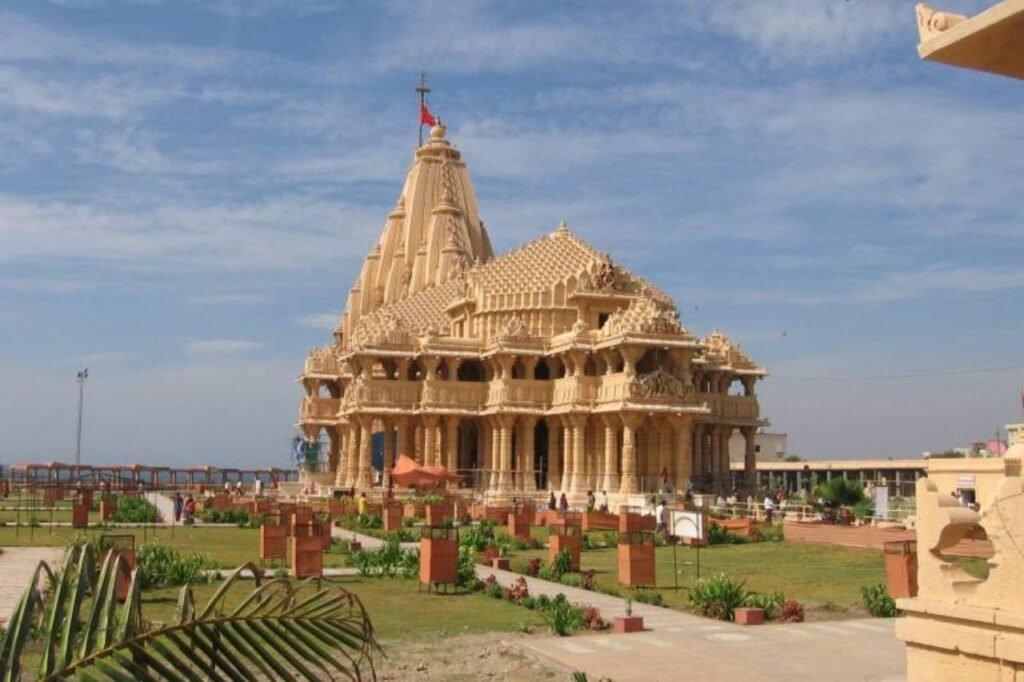Hathras Pincodes
Enter the Pincode or Location Below in the Box
Pincodes of Hathras
Welcome to our Hathras Pincodes database, your trusted source for learning the postal index numbers (PIN codes) of many localities in the historic city of Hathras, located in the northern Indian state of Uttar Pradesh. Hathras is noted for its dynamic neighborhoods, rich cultural legacy, and historical landmarks. PIN numbers are an important part of the postal system since they ensure the effective sorting and delivery of mail and deliveries. Each location in Hathras is allocated a unique PIN code, which aids in the accurate routing and timely delivery of mail to its intended recipients. Using the correct PIN code is critical for ensuring that your mail is delivered on time.

Here is a list of Hathras Pincodes
About Hathras
History
Established on May 3, 1997, through the amalgamation of sections from Aligarh, Mathura, and Agra districts, Hathras district initially bore the name Mahamaya Nagar, honoring Mayadevi, the Buddha’s mother. However, in 2012, it underwent a renaming process and was officially designated as Hathras district. This change marked a pivotal moment in its history, aligning the district’s identity with a new name while preserving its heritage and historical significance. The alteration from Mahamaya Nagar to Hathras encapsulated the region’s evolution, reflecting the essence of cultural transitions and the dynamic nature of its societal fabric. Since then, Hathras district has continued to thrive, embracing its rich past while stepping into a future guided by its diverse heritage and vibrant communities.
Demography
Geography
Hathras, positioned at 27.6°N 78.05°E, rests at an altitude of around 185 meters (606 feet). It lies at the convergence of vital highways connecting Agra, Aligarh, Mathura, and Bareilly. The area is renowned for its drastic temperature shifts. According to the 2001 Indian census, Hathras was home to 123,243 individuals, with a gender split of 53% male and 47% female. Notably, its average literacy rate stands at 60%, surpassing the national average of 59.5%. Among the literate population, 66% are male and 53% are female. Additionally, 14% of the inhabitants are under the age of six, showcasing a diverse demographic.
Administration
Hathras, a district headquarters, comprises four subdivisions: Hathras, Sasni, Sikandra Rao, and Sadabad. It falls under the Lok Sabha constituency reserved for the Scheduled Caste category. The district accommodates three assembly constituencies, each aligned with its subdivisions. Established in 1997 as Mahamaya Nagar, Hathras district was formed by merging sections from Aligarh, Mathura, and Agra districts. This consolidation shaped its current geographic identity, and since then, it has grown as a significant administrative entity within Uttar Pradesh, fostering development and representation for its diverse populace.
